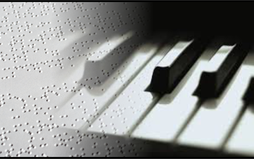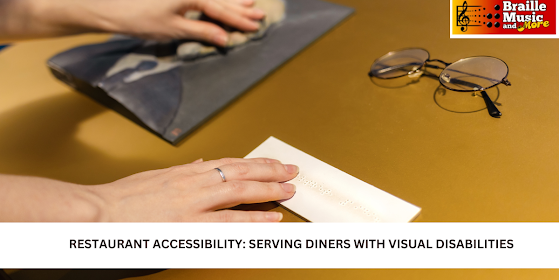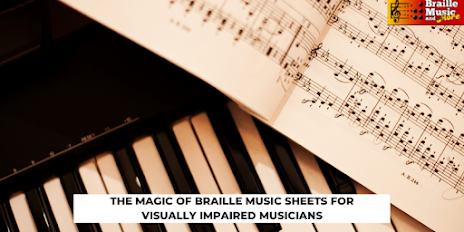The Challenges of Transcribing Music into Braille
Transcribing music into braille is a daunting task. It comes with a variety of challenges with the requirement that you understand both braille and music to a good extent. Transcribers face a number of challenges while transforming music into braille music. Let’s take a look at what some of these challenges can be –
• Transcribing Multiple Voices
There are certain parts in many pieces of music, particularly piano pieces, that represent multiple voices/notes that need to get played on at the same time. It is particularly difficult to represent that in a written melodic sequence/physical form in braille that is easy for the blind people to read.
One approach is to use indentation or different symbols in the braille transcription to represent each different voice. Additionally, a deep understanding of musical notation and context is required as well. The braille reader too should be taught braille well to understand how to identify multiple voices.
• Representing Techniques
Representing special techniques in braille music notation, such as tremolo or glissando, can be difficult due to the need for special notation that may be hidden in the Music Braille Code. To accurately represent these techniques, a braille transcriber must have a deep understanding of musical notation and be able to adapt it to the braille system.
They use a combination of braille symbols, indentations, or spacing to indicate the different elements of the technique. In some cases, they may need to develop their own unique notation.
• Variable Standards
Braille music notation poses a challenge due to the absence of a universally accepted standard. This can make it difficult for blind musicians around the world to learn new pieces of music from various sources or communicate with each other effectively.
Each country or organization may follow their own notation system, resulting in differences in how musical notation is represented in the braille transcription. Nonetheless, new technologies and resources like music scanning software and online communities for blind and visually impaired musicians are being developed to enhance accessibility and consistency.
Although challenges exist, it is feasible to guarantee that blind and visually impaired musicians have the same musical experiences as sighted musicians.
• Limited Space
Braille music notation requires more space than regular text due to the level of detail needed for representing each musical element, which can make it challenging to fit longer pieces of music onto a single page due to the spacing of the characters.
Braille transcribers must make formatting choices to ensure legibility and readability while fitting the music onto the available space, which can be particularly challenging in performance settings with limited physical space.
• Language Barriers
Language barriers can be challenging for braille transcribers who need to transcribe documents in unfamiliar languages. This requires a deep understanding of grammar, syntax, and cultural context. The transcriber must also have a thorough knowledge of the braille system in the target language and may need to conduct additional research for technical terms.
Conclusion
Transcribing music into braille is not an easy task for sure. Only people with the finest perception and skill can truly do the job flawlessly. Musicians without eyesight have historically proved to us that they can be just as talented as sighted musicians or even better, showing us that given the right resources, anyone can learn to understand music a lot better.
Braille Music and More provides high-quality braille transcription services for various genres, including UEB Literary, Music, Foreign Language, Nemeth and UEB Technical, and Tactile Graphics. To know more, visit the Braille Music and More website.




Comments
Post a Comment